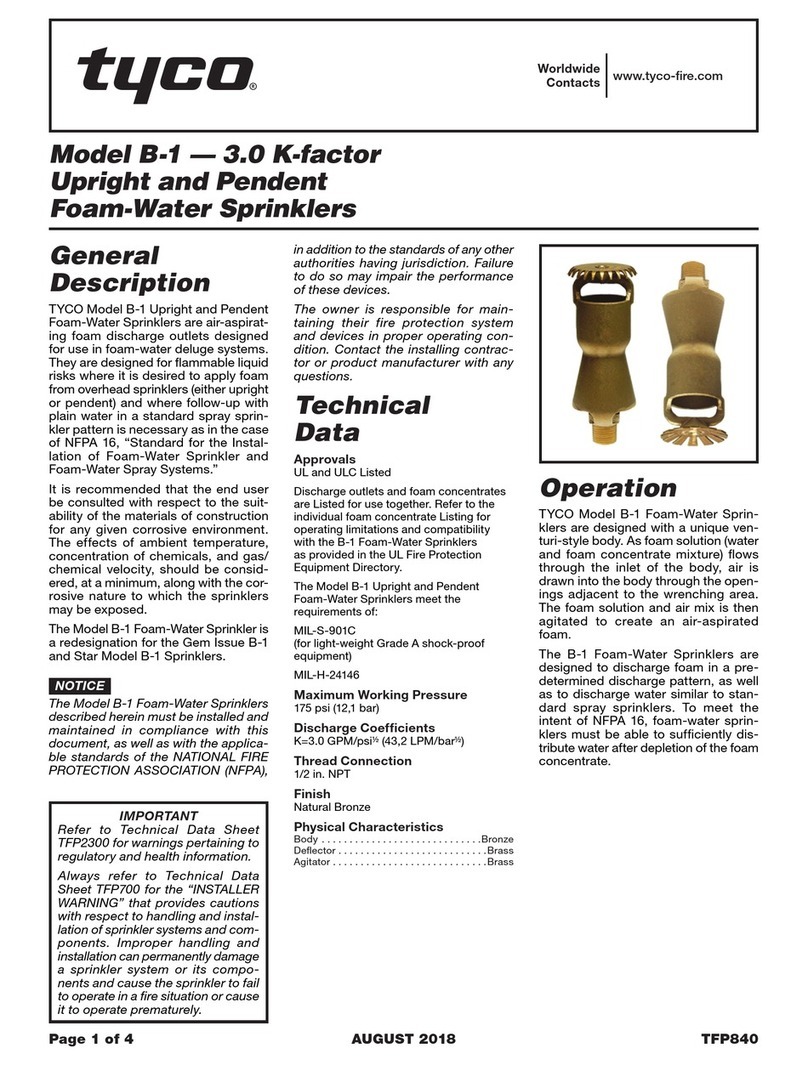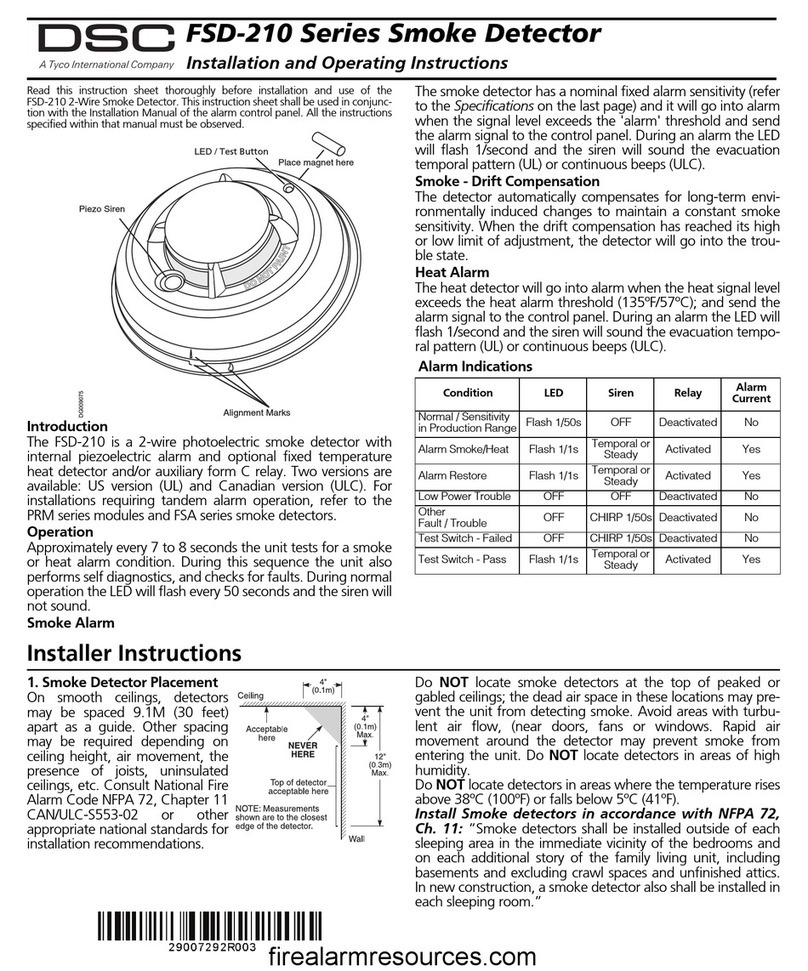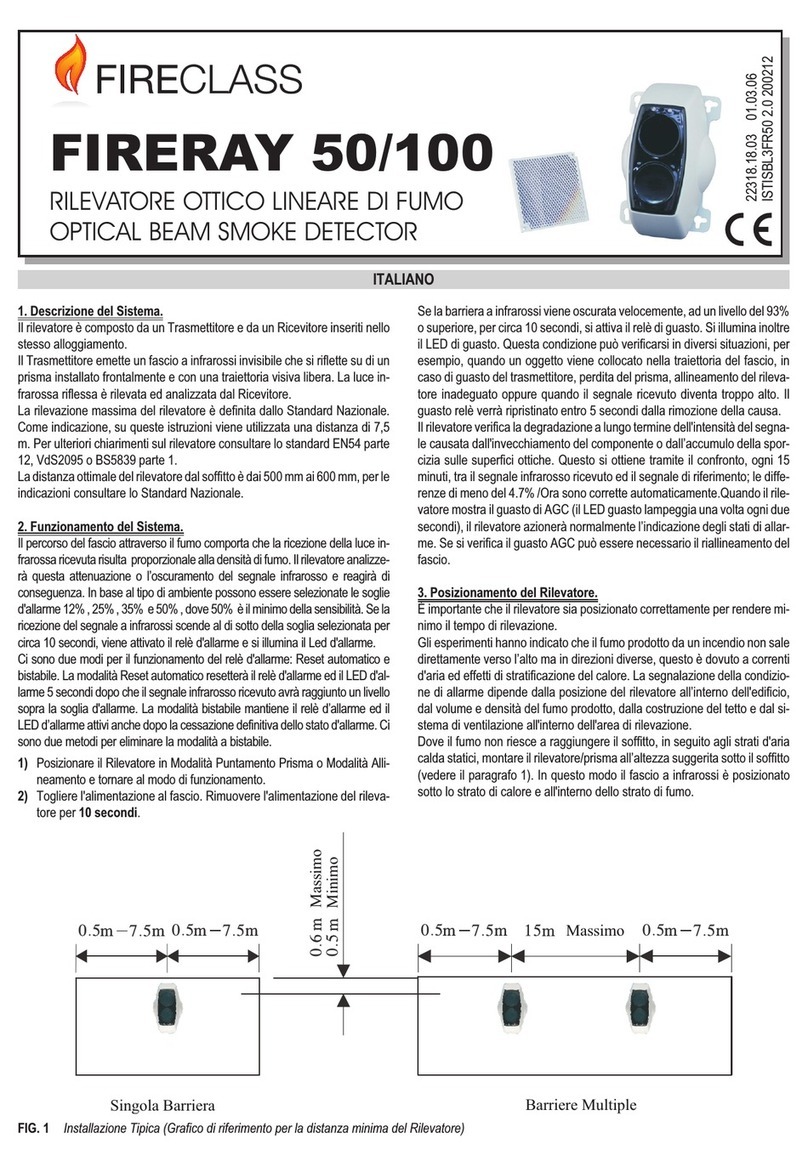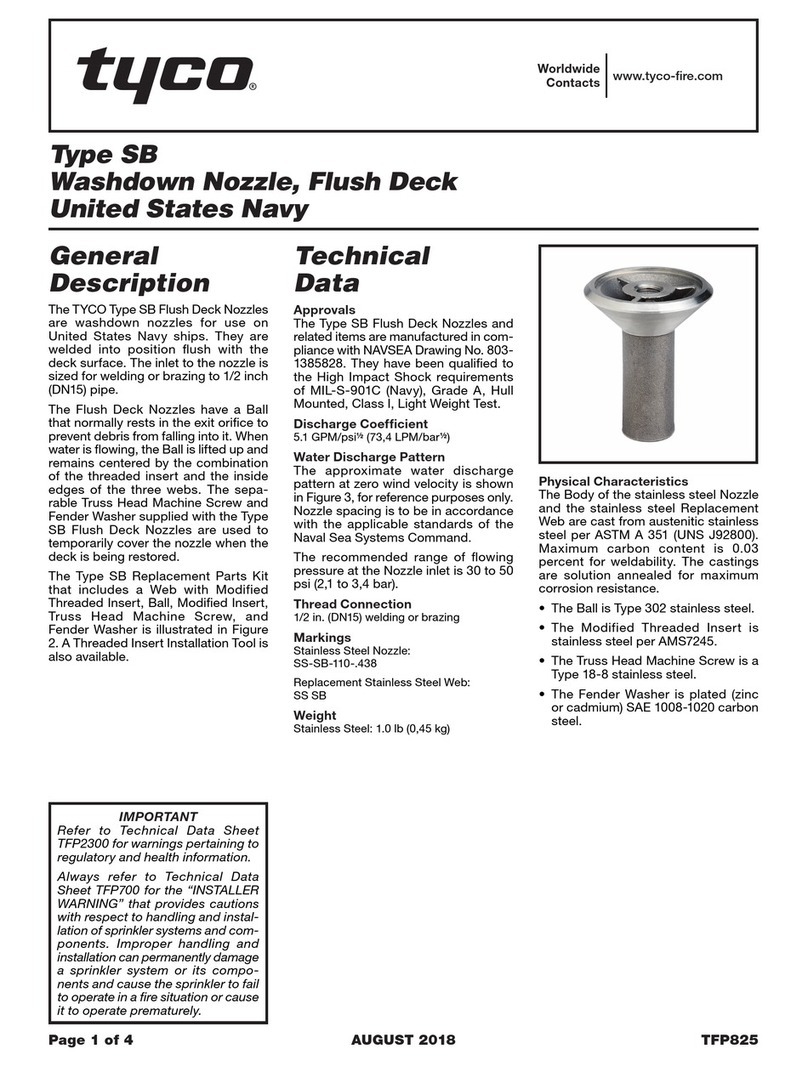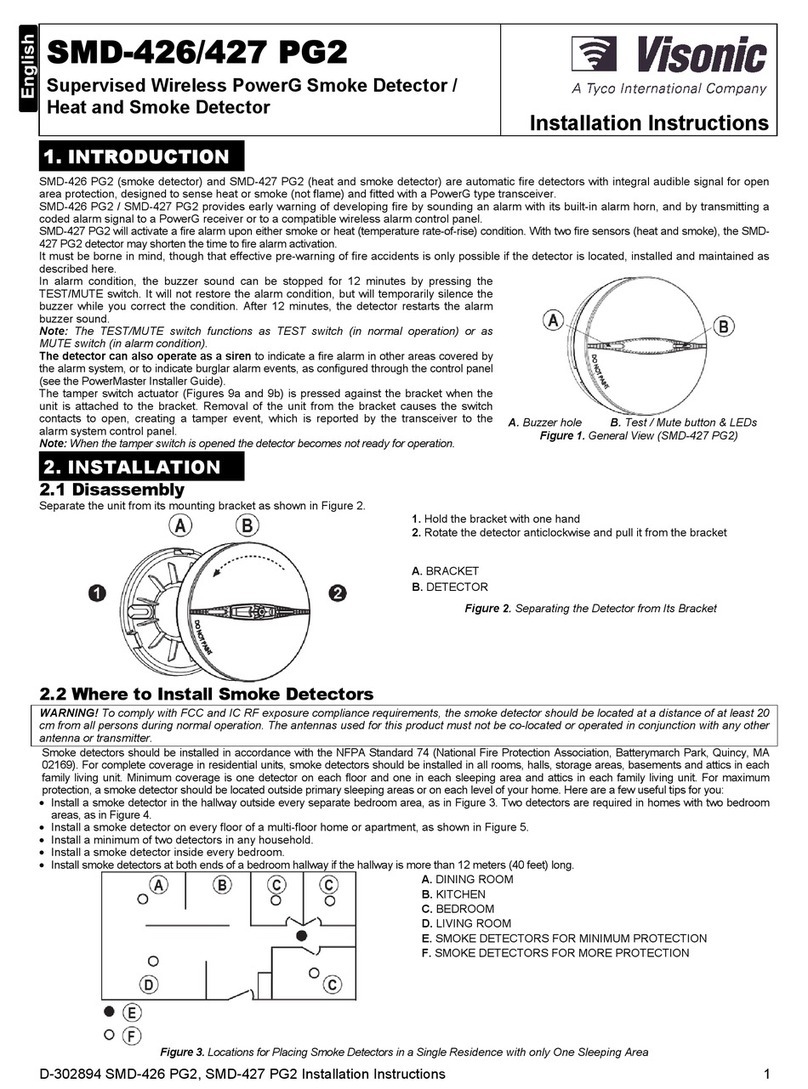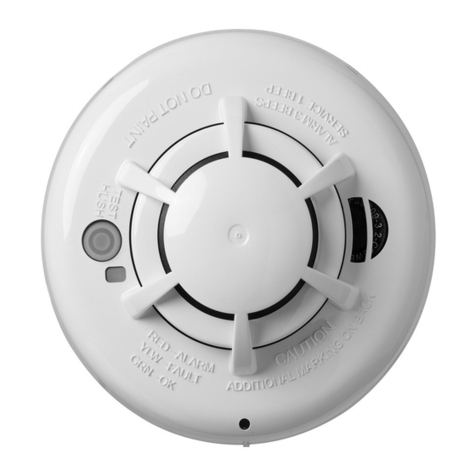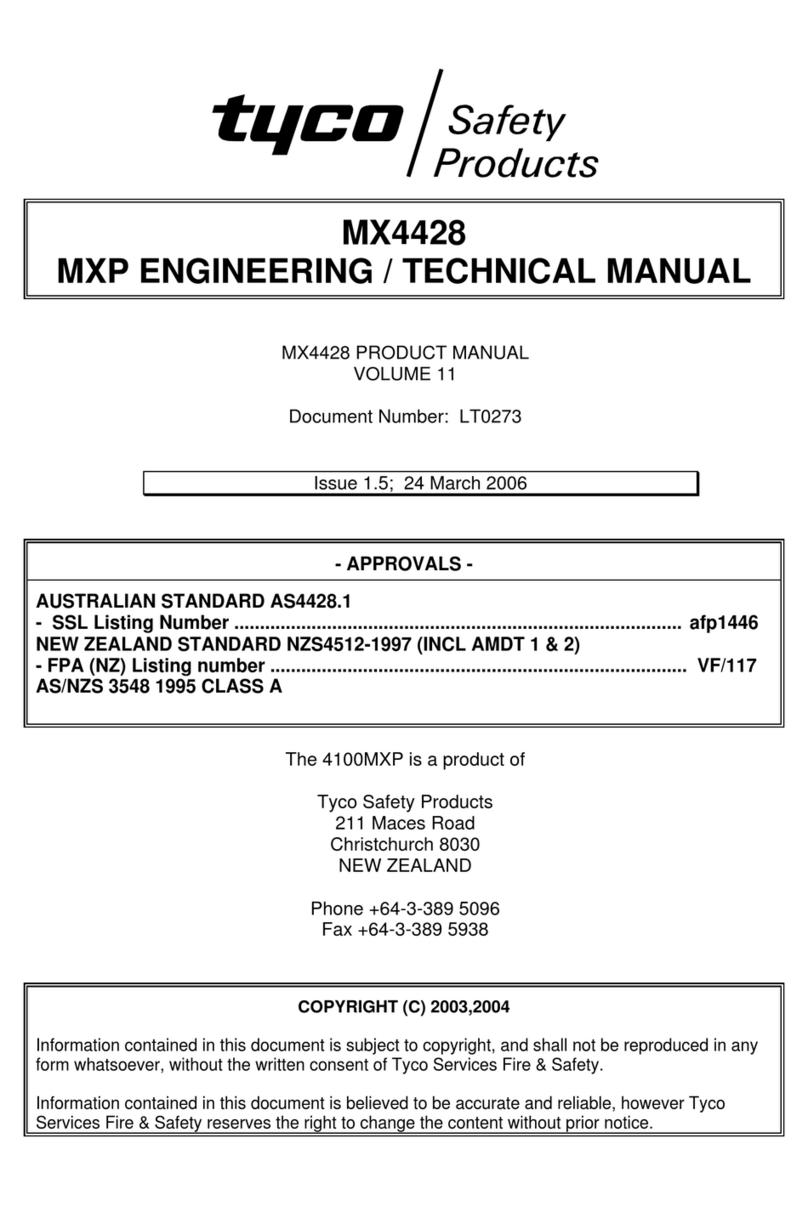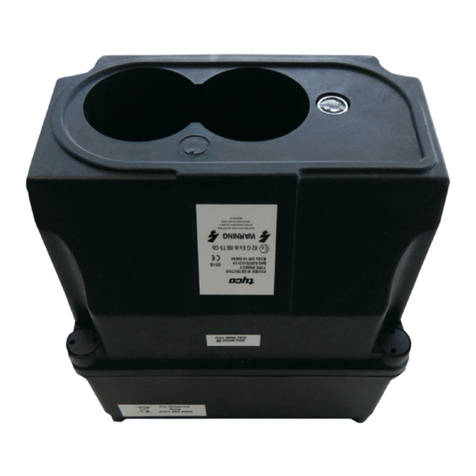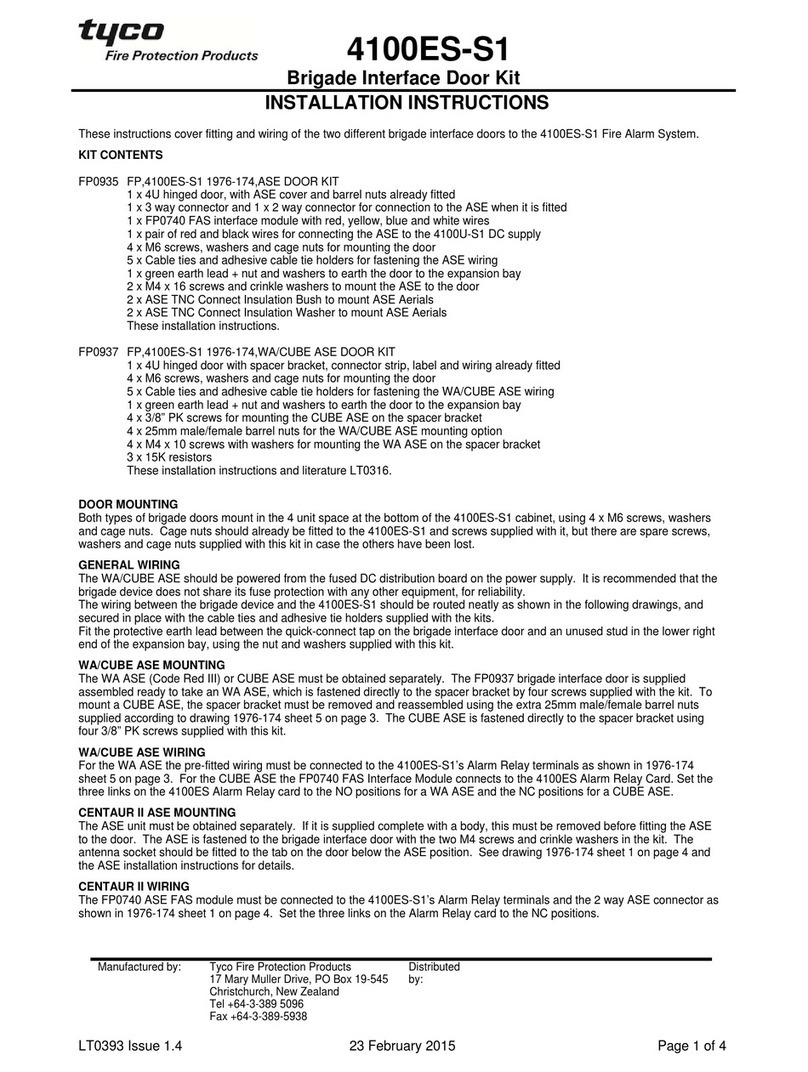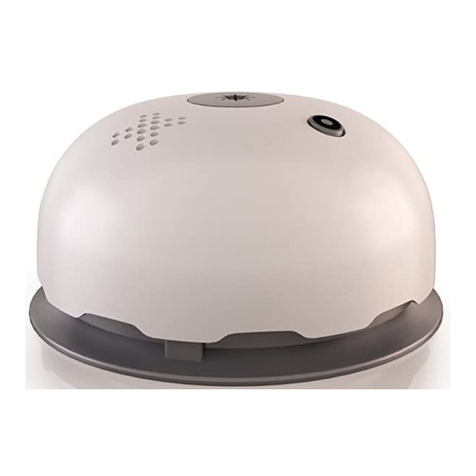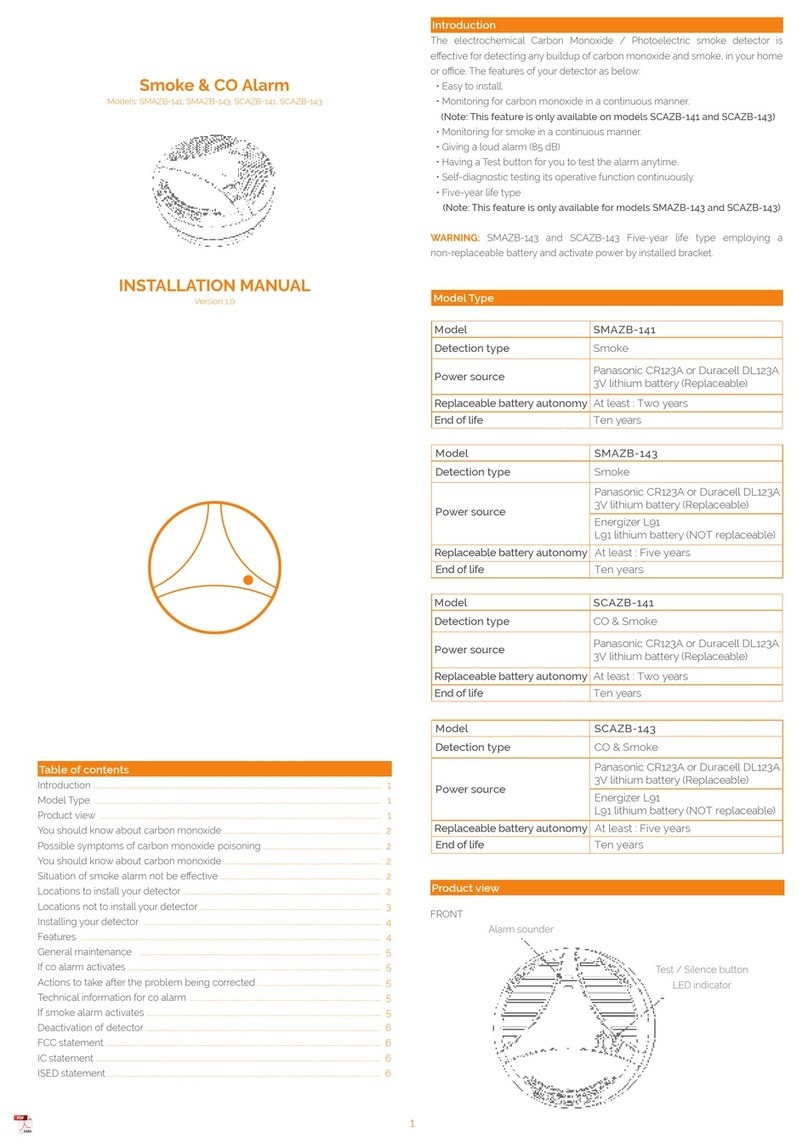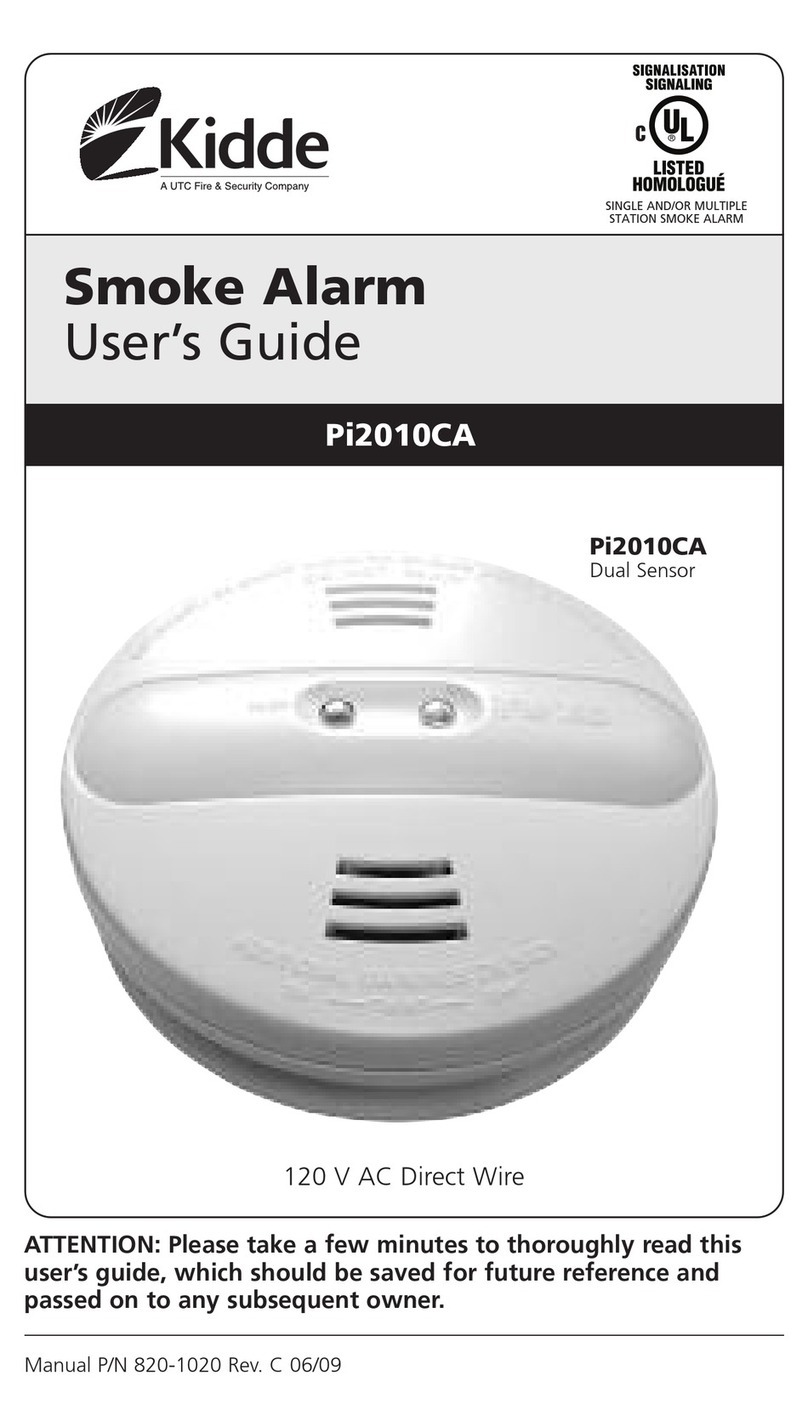
VLC-800MX
17A-03-VLC
4 12/08
PAG E 4 of 18
2.1 SCOPE OF THIS DOCUMENT
This manual provides instructions on how to install,
commission and operate the VESDA VLC-800MX. It outlines
the standard pipe configurations permissible, power supply
requirements, and some installation tips. It does not provide
information on how to design and verify customised pipe work
configurations using the VESDA ASPIRE II pipe modelling
software and does not include detailed step-by-step installation
instructions.
This document provides brief details on how VSC (VESDA
System Configurator) is used to configure the detector. It does
not describe how to use VESDA VSC PC based software to
configure custom alarm thresholds, interrogate event logs and
smoke trends stored in the detector, set the internal clock and
generally access the extensive features of the LaserCOMPACT
detector.
This document is intended for proficient installation engineers
who are familiar with the commissioning of an MX Fire
Detection System but have limited experience with the
installation of VESDA Aspirating Smoke Detectors.
3. OPERATION
In normal operation, the VLC-800MX is polled every 5
seconds for the current smoke reading. This is scaled such that
a zero reading is reported as 12 and a measurement equating
the Fire threshold configured in the VLC is reported as 112. If
the value exceeds 112 for three consecutive polls, the MX
panel reports the condition as an alarm and commands the Fire
LED on the VLC to illuminate. A value exceeding 82 may be
reported as a Pre-alarm condition by the MX panel. In addition
to the poll every 5 seconds, the MX panel also polls the VLC
for its fault status every 20 seconds.
3.1 LED OPERATION
Fig. 4 refers.
LaserCOMPACT
VLC-800 MX
tyco
FILTER
OK
FAULT
SERVICE
FIRE
MX TECHNOLOGY
Red FIRE LED: Indicates that a fire condition
has been detected. Also, when
configured to flash-when-polled1,
it will normally flash once
every 5 seconds with a double
flash every 20 seconds
reflecting the polling
for smoke and fault.
Yel low SERVICE LED:Indicates that all the fault
conditions present are
likely to be resolved by a
technician with the aid of
VSC. If this LED is not
illuminated when the Fault
LED is, then it is likely that the
fault present will require a
change of component and it is
therefore recommended that the
Technician responding to the
call carries a spare detector with
him. The intention of this LED
is to eliminate the need for a
double service visit.
Yel low FAULT LED: Indicates that there is a fault
condition present which may
impair the detector’s ability to
detect smoke. Urgent attention
is required.
Note: Note that if the Service LED is also illuminated
then all the faults present are likely to be resolved
by a technician with the aid of VSC.
Green OK LED: Indicates that the operation is
normal. However, when the unit
is normalizing airflow this LED
flashes twice and when running
Autolearn this LED flashes
three times.
Yel low FILTER LED: Indicates that there is a problem
with the filter. It is
recommended that technicians
responding to such a fault carry
a spare filter cartridge.
1Some approvals bodies - notably VdS and SSL do not allow
the flash-when-polled option
